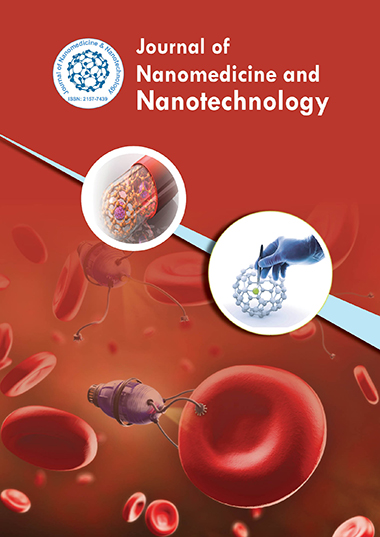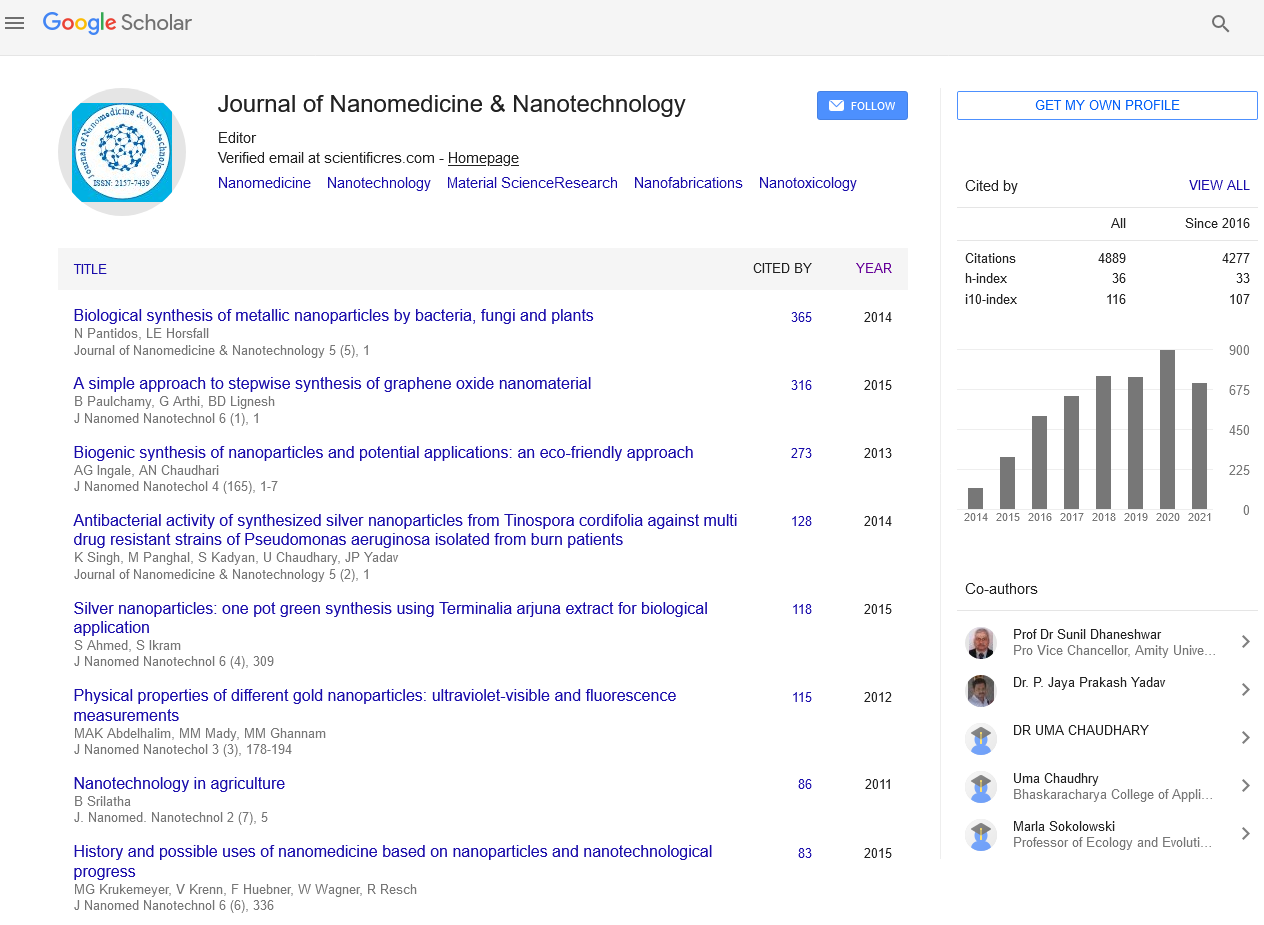Indexed In
- Open J Gate
- Genamics JournalSeek
- Academic Keys
- JournalTOCs
- ResearchBible
- China National Knowledge Infrastructure (CNKI)
- Scimago
- Ulrich's Periodicals Directory
- Electronic Journals Library
- RefSeek
- Hamdard University
- EBSCO A-Z
- OCLC- WorldCat
- SWB online catalog
- Virtual Library of Biology (vifabio)
- Publons
- MIAR
- Scientific Indexing Services (SIS)
- Euro Pub
- Google Scholar
Useful Links
Share This Page
Journal Flyer

Open Access Journals
- Agri and Aquaculture
- Biochemistry
- Bioinformatics & Systems Biology
- Business & Management
- Chemistry
- Clinical Sciences
- Engineering
- Food & Nutrition
- General Science
- Genetics & Molecular Biology
- Immunology & Microbiology
- Medical Sciences
- Neuroscience & Psychology
- Nursing & Health Care
- Pharmaceutical Sciences
Building supramolecular peptide nanostructures by exploiting aromatic and helix-helix macrodipole interactions
11th International Conference and Expo on Nanoscience and Molecular Nanotechnology
October 20-22, 2016 Rome, Italy
Emanuela Gatto
University of Rome "Tor Vergata", Italy
Posters & Accepted Abstracts: J Nanomed Nanotechnol
Abstract:
Biomolecules have been extensively investigated as possible components of nanoscaled electronic circuits. In particular, hybrid materials obtained by functionalizing metals with biomolecules have been recently synthesized, paving the way for the fastgrowing field of bionanoelectronics. In this work mono- and bi-component peptide-based self-assembled monolayers (SAMs) have been immobilized on gold surfaces and studied by electrochemical and spectroscopic techniques. The peptides investigated comprised almost exclusively Cα-tetrasubstituted α-amino acids. These non-coded residues, because of their unique conformational properties, forced the peptide backbone to attain helical conformations, which promote the formation of stable SAMs on gold surfaces. Blocking experiments performed in potassium ferricyanide solution gave basic information on the stability and packing density of the peptide layers on the electro active surface, while fluorescence experiments performed by using spatially sensitive fluorescent probes, gave information about the possible formation, in the bicomponent SAMs, of raft domains, i.e. segregated single-component regions. The photocurrent generation properties of these mono- and bi-component peptide-based SAMs were studied by electrochemical and spectroscopic techniques. In fact, all the SAMs investigated were composed of peptides derivatized with chromophores strongly absorbing in the UV region to enhance the efficiency of the photocurrent generation. The composition of the bi-component SAMs on the surface have been analyzed by a combination of electrochemical and spectroscopic techniques. Interestingly, the surface composition is quite different from the solution stoichiometry used for SAM preparation.
Biography :
Email: emanuela.gatto@uniroma2.it


